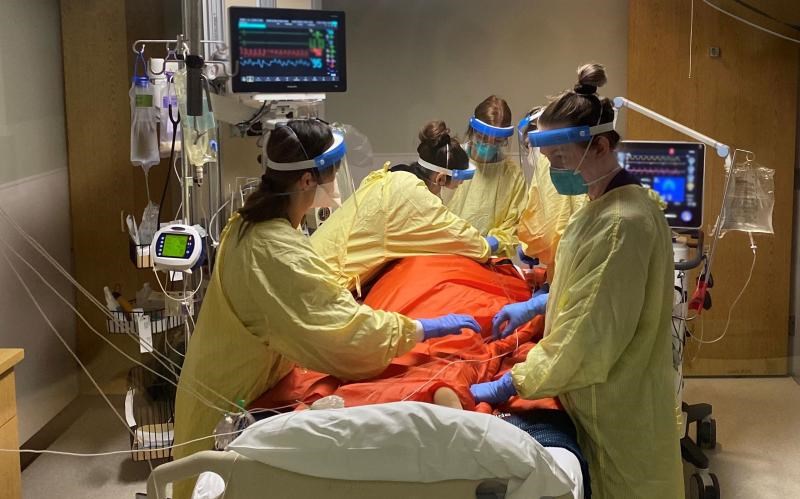REGINA — The Saskatchewan Health Authority has succeeded in returning almost all of the health care workers redeployed to pandemic support positions back to their original workplaces, to get surgery programs including organ donation running once again.
Marlo Pritchard, lead at the Provincial Emergency Operations Centre, confirmed in a media update on Nov. 30 that the SHA has met its aggressive targets to resume healthcare services in November.
“More than 90 per cent of staff that were redeployed to support testing, contact tracing and other areas not tied to ICU or acute care now returned to their home positions,” said Pritchard.
Since service slowdowns came into effect in September, the SHA has now successfully fully resumed 257 and partially resumed 59 out of 395 services.
The province’s organ donation program is one of those services, confirmed to have resumed as of Nov. 29, said SHA chief of emergency operations Derek Miller.
The majority of staff needed to do so have returned to their positions, although Miller did say that the Saskatoon program is currently suffering short-staffing concerns due to positions now being vacant.
“There are some staff vacancies in Saskatoon, which is limiting full resumption,” said Miller.
“We’ve moved people around to meet COVID demand and it has been a difficult time for health care workers. We are seeing people look for other opportunities.”
A recruitment team is working to fill those vacancies, said Miller, to allow for full resumption of surgical services.
Miller said that some rural areas of the province have returned to 100 per cent of services resumed, with elective surgeries once again available. Other areas, ike Regina and Saskatoon, are seeing between 75 and 90 per cent of services now available again.
“We’re really trying to balance this,” said Miller. “Obviously we need to maintain the COVID response and ICU capacity. We’re still experiencing high demand in ICU [which] is limiting the ability to redeploy staff.”
The next step of the health authority’s resumption plan will involve returning staff currently reallocated to ICU and acute care due to COVID-19 pressures.
Approximately 350 health care staff remain redeployed to support COVID-19 operations, said Miller, who are largely working on immunization programs and ICU support.
As for services, Miller said that surgeries that require an ICU bed “have been prioritized for resumption.”
“We know that [the service slowdowns] come at a cost and they have an impact on patients,” said Miller. “And we have redeployed staff back to programs as quickly as we were able.”
Miller also said that the SHA is working in tandem with the Ministry of Health and physician leadership to address the backlog of waiting patients caused by slowdowns, but no specific details are ready to be shared.
An estimated 36,000 cases are currently waiting in that surgical backlog.


